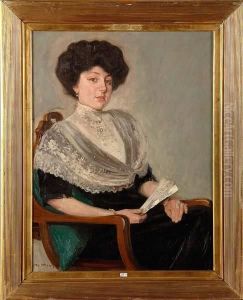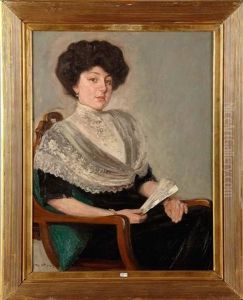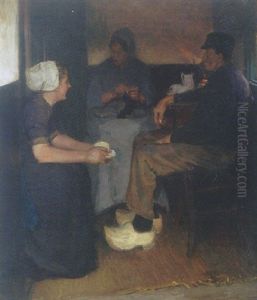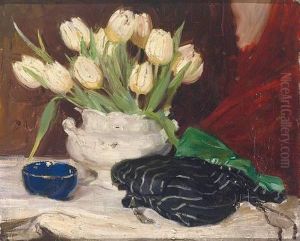Max Kowarzik Paintings
Max Kowarzik was a notable German artist born in 1882, in the city of Breslau, which is now Wrocław, Poland. His life spanned a period of significant historical events, including two World Wars, which influenced the cultural and artistic landscape of Europe. Kowarzik was primarily known for his contributions to painting, but his artistic repertoire also extended to other mediums.
Kowarzik's early life and education in the arts were rooted in the rich cultural environment of Breslau, a city known for its vibrant artistic community. He pursued his artistic training at the Royal Art and Art Industry School in Breslau, where he honed his skills and developed his unique style. His work during this period reflected the influences of his teachers and the prevailing artistic movements of the time.
Throughout his career, Kowarzik engaged with various artistic movements, including Impressionism and Expressionism, which were dominant in European art circles. However, he is best remembered for his distinct approach to landscape and still-life paintings. His works often captured the essence of his surroundings, imbued with a sense of emotion and depth that resonated with viewers. Kowarzik's ability to blend traditional techniques with his personal vision made his paintings highly sought after during his lifetime.
Despite the challenges posed by the political and social upheavals of the 20th century, Kowarzik continued to produce art that reflected his commitment to beauty and expression. After World War II, the shift in borders and the changing political landscape of Europe had a profound impact on Kowarzik's life and work. Breslau became part of Poland, and like many of his contemporaries, Kowarzik faced the challenges of displacement and the need to adapt to a new cultural environment.
Max Kowarzik passed away in 1957, leaving behind a legacy of artistic achievement that continues to be appreciated by art historians and collectors. His contributions to German art are remembered for their emotional depth and technical mastery, offering insights into the complex interplay between artist and environment. Kowarzik's work remains a testament to the enduring power of art to capture and convey the human experience.



